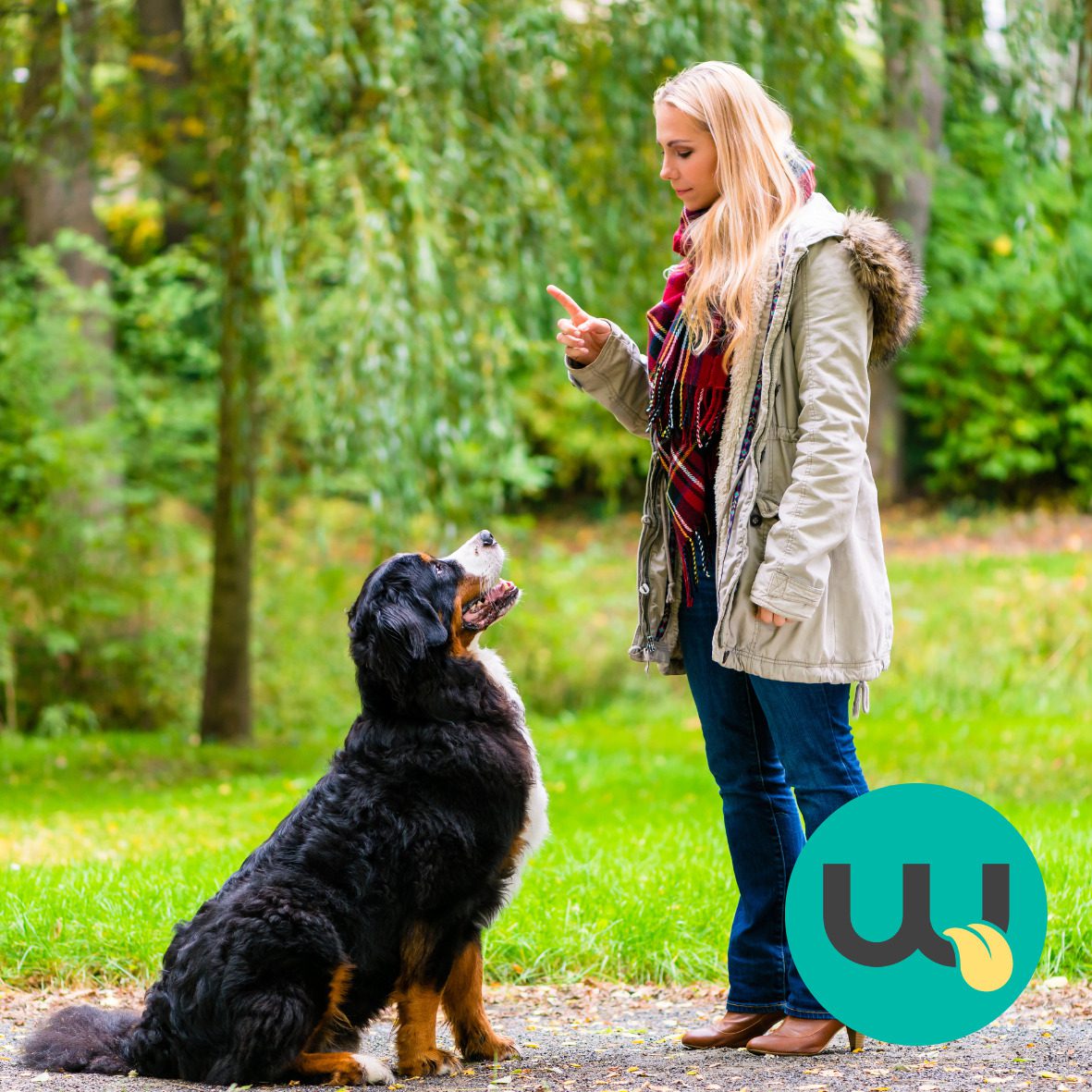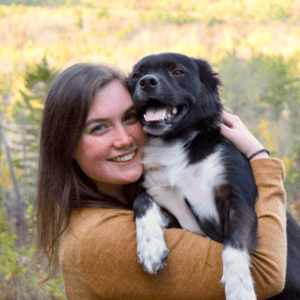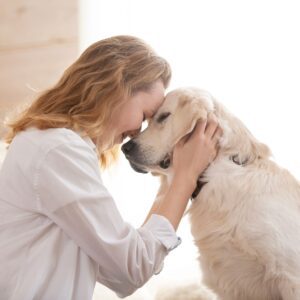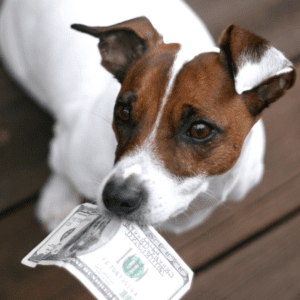The moment you bring your new bundle of fur home is memorable, exciting, and just completely wonderful. Yet, you might find that when the dust has settled and it’s time to get stuck into that all important dog training, it can seem a little daunting.
Nearly every non-professional dog trainer has sat in front of their laptop frantically searching dog training articles thinking ‘where do I start!?” and its understandable. Not only is the number of dog training articles never-ending, but there are also so many differences of opinions, varying methods and seemingly contradictory advice amongst the brightest dog training brains.
It’s important that you find a dog training method that you feel comfortable with, that you understand and feel that you can commit to, and it may take a while for you to work out exactly what that looks like.
However, there are a few key areas of dog training that most professional trainers will agree on, and we’ve compiled a list below of how to train your dog easily and effectively.
Treats, treats and more treats!
This could be the most obvious point in the list, but the importance of treats in dog training is enormous.
Dogs tend to be motivated by food and so a plentiful supply will immediately capture your dog’s attention and they’ll want to do whatever they are told to get that tasty morsel! A solid piece of advice is to have easily accessible treats in all the rooms in the house that your dog goes so you are never caught short.
There are treats out there to suit every dog, such as specific puppy treats, low fat treats or calming treats (which may be a great option if you are trying to train your dog out of a panic related behaviour) so the choice is yours.
However, the general rule of thumb when it comes to treating in training, is to make sure it’s something “high reward” – ie: super tasty and different from their normal food.
Reward and praise
Training with treats is a given when it comes to dog training.
However, once your dog is at a stage where he has learnt the behaviours you are trying to train, you will want to move away from treats as a reward as it may not be possible to have these on you in every circumstance.
Instead, figure out some additional ways to reward your dog and use these too.
Is your dog a sucker for a belly rub? Great – this is an excellent reward for sitting when told!
Does your pooch love to play fetch? What better way is there to reward their new recall abilities by getting the ball thrown for them?
Dogs are treat lovers by nature, but there are plenty of other ways to reward and praise your dog and it’ll pay dividends to figure these out early.
Consistency is key… but don’t overwhelm!
Some dogs learn faster than others, however all dog training will take a little while, and even when they have mastered a new skill, ongoing training is important to ensure that it sticks.
The key to successful dog training is consistency and this must come from you. Remember, dogs don’t ask to be trained.
To ensure consistency, think about your week and ask yourself:
- When do I have the most time to commit to dog training?
- When do I have the most energy for dog training?
- What exactly do I want to train my dog to do?
It’s important to factor your dog training into your weekly schedule so you don’t miss a session. The consensus is 3 – 5 sessions a week is optimal, and these sessions can vary in length.
Make sure you have a strategy for your dog training. It’s as the old saying goes, “fail to prepare, prepare to fail”!
Let a professional help you
There are people out there whose full-time jobs are dog trainers. They are trained to train dogs… and they can train you to train yours!
There is absolutely no shame in asking for help or enlisting the guidance of a professional. They will ensure your dog training is effective and that your chosen method is the right one for you and your dog.
Yes, it may come with a bigger price tag than a DIY job, but it could just be the best money you ever spend.
Struggling to find a trainer? Check out our listed directory members
Go at your dog’s pace… not yours!
Dogs are incredibly intelligent creatures, and they learn by making connections.
For example, they may associate the noise of your keys with you leaving the house.
This means two things:
- Repetition is key
- It takes more time for them to learn things
This means that you must go at your dog’s pace, not yours. You should not show frustration with them, or you risk them making a negative connection with training sessions. This will undo all the hard work you have put in so far and hinder any further progress.
The early stages of dog training are exploratory for you both. Pay careful attention to how long your dog remains engaged for and tailor your plan to suit them.
Minimise all distractions
To get the best from your dog training sessions, try to minimise all distractions.
This might involve moving into a room at the back of the house so they can’t peer out of the window for passers-by. It may even involve you making the family aware of your dog training schedule and ensure they stay out of the room you plan to train your dog in.
Whatever you foresee as a distraction, minimise or eliminate it in order to get the very best out of your dog training.
Have fun!
Last but not least, have fun!
Watching your dog engage with you, progress and learn is incredibly rewarding. For you to maintain consistency, having fun and enjoying the process is vital. Not only will this gain better results in dog training, but it’ll massively strengthen your bond too.
Dogs learn through making connections, so make sure they connect training sessions with fun and quality time with you.
Mastering the art of training your dog will not only create a more harmonious relationship, but a strong bond that will stay with you forever.
Is the bad weather scuppering your training plans? Check out our blog on how to keep your dog entertained on a rainy day.









Add a comment